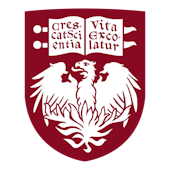We use theoretical and computational methods to advance our understanding of the structure, dynamics and function of biological macromolecular systems at the atomic level.
We are particularly interested in issues concerning the function of ion channels and other membrane transport proteins such as ion permeation, ion selectivity, and gating. We are also very interested in the activation mechanism and the regulation of allosteric signaling enzymes like tyrosine kinases. Most of our work on these systems is computational although there is also an experimental component to our research with electrophysiological measurements, protein crystallography, and solution scattering.
The computational approach called "molecular dynamics" (MD) is central to our work. It consists of constructing detailed atomic models of the macromolecular system and, having described the microscopic forces with a potential function, using Newton's classical equation, F=MA, to literally "simulate" the dynamical motions of all the atoms as a function of time. The calculated trajectory, though an approximation to the real world, provides detailed information about the time course of the atomic motions, which is nearly impossible to access experimentally. We use such all-atom MD simulations to rigorously compute conformational free energies, and binding free energies, which can be quantitatively compared with experimental results.
In addition, we are also spending efforts in the development of new computational approaches (polarizable force field, solvent boundary potentials, efficient sampling methods) for studying biological macromolecular systems.
Experience
-
–presentprofesseur de biochimie et de biologie moléculaire, University of Chicago
- Chicago, US
- Article Feed
- ORCID
- Joined


